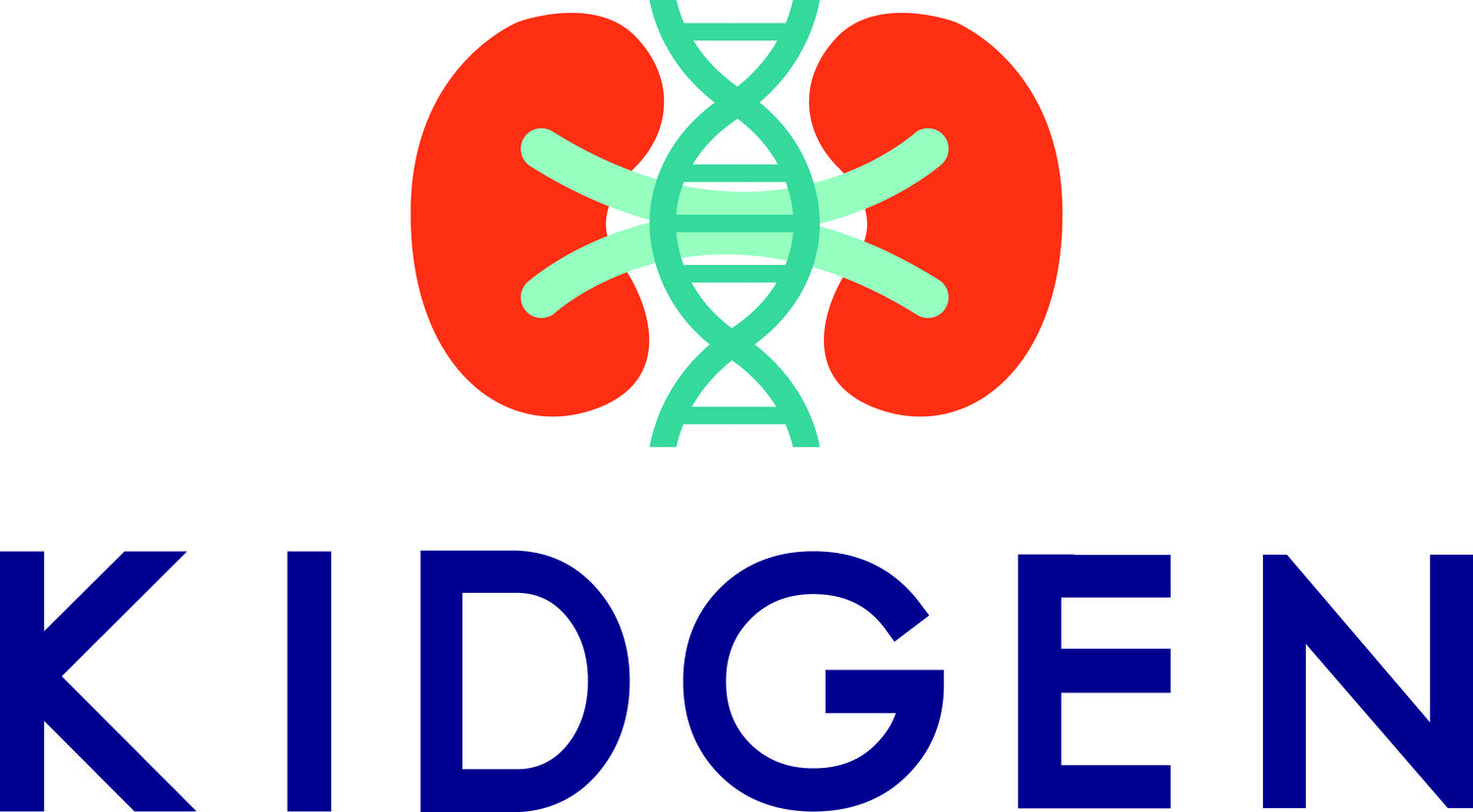-
It is estimated that approximately 15% of patients attending kidney stone clinics have a monogenic cause for their condition, however for most patients, kidney stone formation arises from an interaction between both genetic and environmental factors⁶³.
Around 65% of all overt stones arising in the kidney and lower urinary tract are calcium-containing⁶³, with hyperoxaluria, hyperuricosuria, cystinuria and hypocitraturia amongst the many other conditions contributing to stone formation⁶⁴. Understanding the stone composition is especially important in suspected cases of genetic disease, and this is best diagnosed using infrared spectrometry or X-ray diffraction as opposed to chemical analysis⁶⁵. Monogenic causes of both calcium and non-calcium nephrolithiasis are inherited in a variety of dominant, recessive and X-linked manners depending on the disease type⁶³.
Nephrocalcinosis refers to the deposition of calcium salts within the renal tubules, tubular epithelium and/or the interstitium commonly arising as a product of hypercalciuria⁶⁶. As a consequence, nephrocalcinosis and nephrolithiasis commonly co-exist as a result of an underlying monogenic disorder⁶⁷.
-
Diagnosing a monogenic nephrolithiasis and/or nephrocalcinosis is challenging as their manifestations are shared by many different disorders, including the more common causes of these conditions⁶⁵. Genetic red flags include a strong family history, a more severe disease course, associated renal damage, extrarenal disorders and unusual laboratory findings⁶⁵. Age of onset is another key indicator, as nephrolithiasis is unusual in children, with an estimated incidence of 0.15% that is much lower than among adults. However, this increases to as much as 40% in the presence of a positive family history. End-stage kidney disease is also more likely to develop when the cause is monogenic.
-
The diagnostic yield of genomic testing for childhood onset nephrolithiasis is 20.8 - 63%.
Chapter 3 - Genetic Kidney Diseases

